

Discover more from AutoMarketplace
✅ NYC TLC Approves Revised Driver Pay Rules
The NYC TLC approved revised driver pay rules for drivers that work with Uber & Lyft. Pay rules sought to avoid "lockouts" and push through a delayed pay increase
New York City Taxi & Limousine Commission (TLC) unanimously approved new driver pay rules
Reduced utilization rate “floor” of 53% means Uber unlikely to “lockout” NYC TLC drivers
Driver pay rule changes comes after public hearing where driver nervousness around “lockouts” was expressed AND Judge wanted TLC to give more details on driver pay rate increase methodology
TLC driver advocates should consider how price increases impact consumers
The New York City Taxi & Limousine Commission (TLC) approved new driver pay rules, including a revised utilization rate floor to lower the probability of driver “lockouts”. In addition, the TLC gave more details, guidance and justification into how it did/will calculate driver pay rate increases based on inflation. The latter was in response to a Judge’s January ruling based on an Uber legal action from December.
Long story short, the driver pay increase for NYC TLC drivers who work on the Uber & Lyft Apps was approved and is set to be implemented this upcoming Monday. In addition, the probability of driver “lockouts” has been significantly reduced via an adjustment to utilization rate requirements.
“There is no concern about falling below 53% [utilization rate]”
- Uber Executive Josh Gold implying if utilization rate “floor” went from 56% to 53%, there would not be a need to institute NYC “lockouts”
Pay Increase
As mentioned, in addition to the change in utilization rate, the approved TLC pay rate rules will push through a TLC driver pay increase (for trips on Uber/Lyft) that was halted in December and further delayed when a Judge ruled the TLC needed to further justify its methodology.
While there a lot of numbers involved, if we compare TLC’s driver pay proposal from November/December last year for drivers working for Uber/ Lyft, it appears the net result is a slightly lower pay raise. TLC has consistently used a sample trip of 7.5 miles & 30 minutes to illustrate the impact of its proposed pay raise.
Last year the proposal would have resulted in that sample trip having a minimum driver pay of $27.15. Under the revised proposal it results in $26.76. This is still up 16.4% from the original 2019 rates and 8.8% from rates between March 2022 to January 2023.

Finally, the TLC also made clear that they will use the CPI-W inflation index for the NY-NJ-PA metro area moving forward. This index relates to Urban Wage Earners and Clerical Workers for the NYC metro area.
“CPI-W is designed to measure price changes faced by urban wage earners and clerical workers. Population coverage is the only difference between the CPI-U and CPI-W.”
- U.S. Bureau of Labor Statistics (BLS)
For those who want track the CPI-W index for New York-Newark-Jersey City, NY-NJ-PA click here.
AM Thoughts
Undoubtedly, yesterday’s vote was a hard fought victory for TLC driver advocacy groups and the TLC itself, who suffered a somewhat embarrassing legal defeat in January.
We think the threat of “lockouts” being significantly reduced is a good development for a lot of TLC drivers, but the actual pay raise has to be tracked a bit more.
As Uber confirmed to the New York Times:
“…The pay increase would be passed along to passengers.”
- Uber statement to New York Times
TLC drivers (& business people in general) have to remember that you can win pay raises every single year, month, day, etc, but at a certain point in time there’s a third party that can’t be ignored - CONSUMERS. If you raise the fare too much, including from government surcharges, eventually you’re going to kill trip demand.
If you kill trip demand, the utilization rate victory and pay raises become less meaningful.
We’ve written about this before, but we’ll mention Rosie Perez’s character’s famous dialogue with Woody Harrelson’s character in the movie White Men Can’t Jump.
“Sometimes when you win, you really lose. And sometimes when you lose, you really win. And sometimes when you win or lose, you actually tie. And sometimes when you tie, you actually win or lose. Winning or losing is all one organic mechanism, from which one extracts what one needs.”
- Gloria Clemente’s (played by Rosie Perez) wisdom in White Men Can’t Jump
Framing something too simplistically, doesn’t make a problem less complex, it makes the proposed solutions less effective.
Yes, we understand there are only so many opportunities where one can push for a wage increase. When the moment presents itself, the common strategy is to try to get every dollar you can.
This is not a criticism of the driver pay increase, but is some food for thought. At a certain point in time you need to understand that Uber, Lyft or the TLC does not control how much money the consumer is willing or able to spend on a trip. We hope TLC drivers get paid more, but we also don’t want to see trip demand start declining too much.
Day In Media

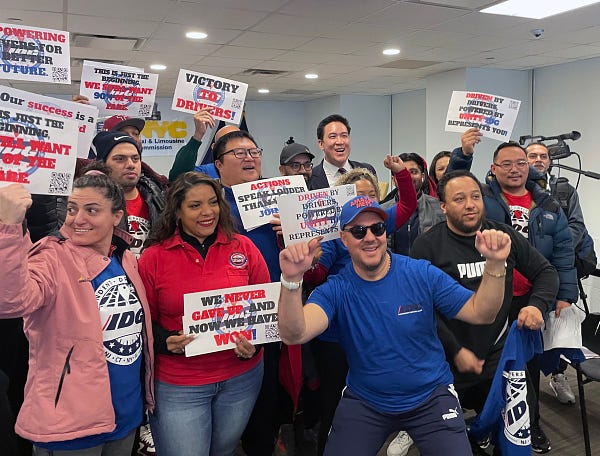

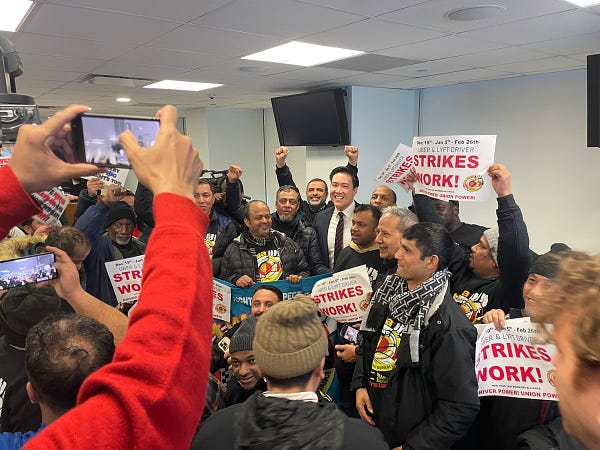



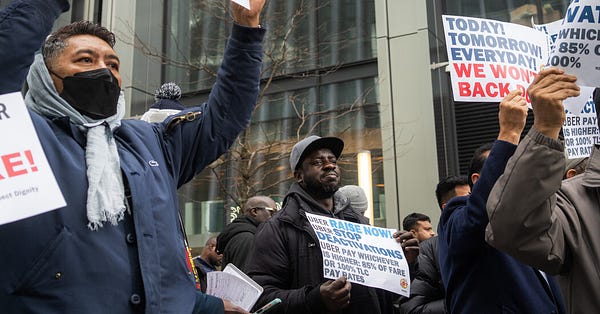

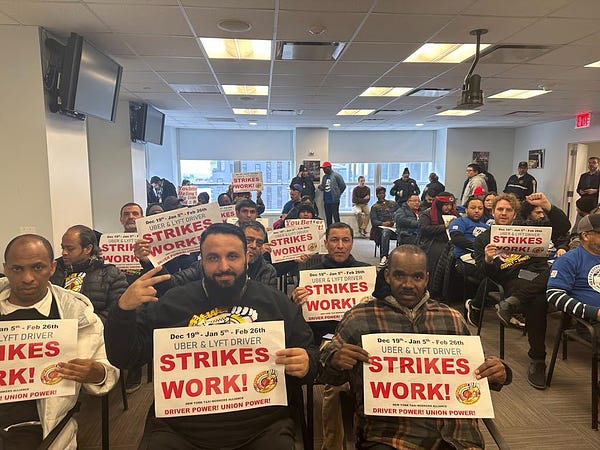
As always, let us know your thoughts in the comments section below or by emailing us at info@automarketplace.com.
AutoMarketplace.com NYC covers the for-hire transportation industry and automotive news. Check out AutoMarketplace.com on YouTube ▶️





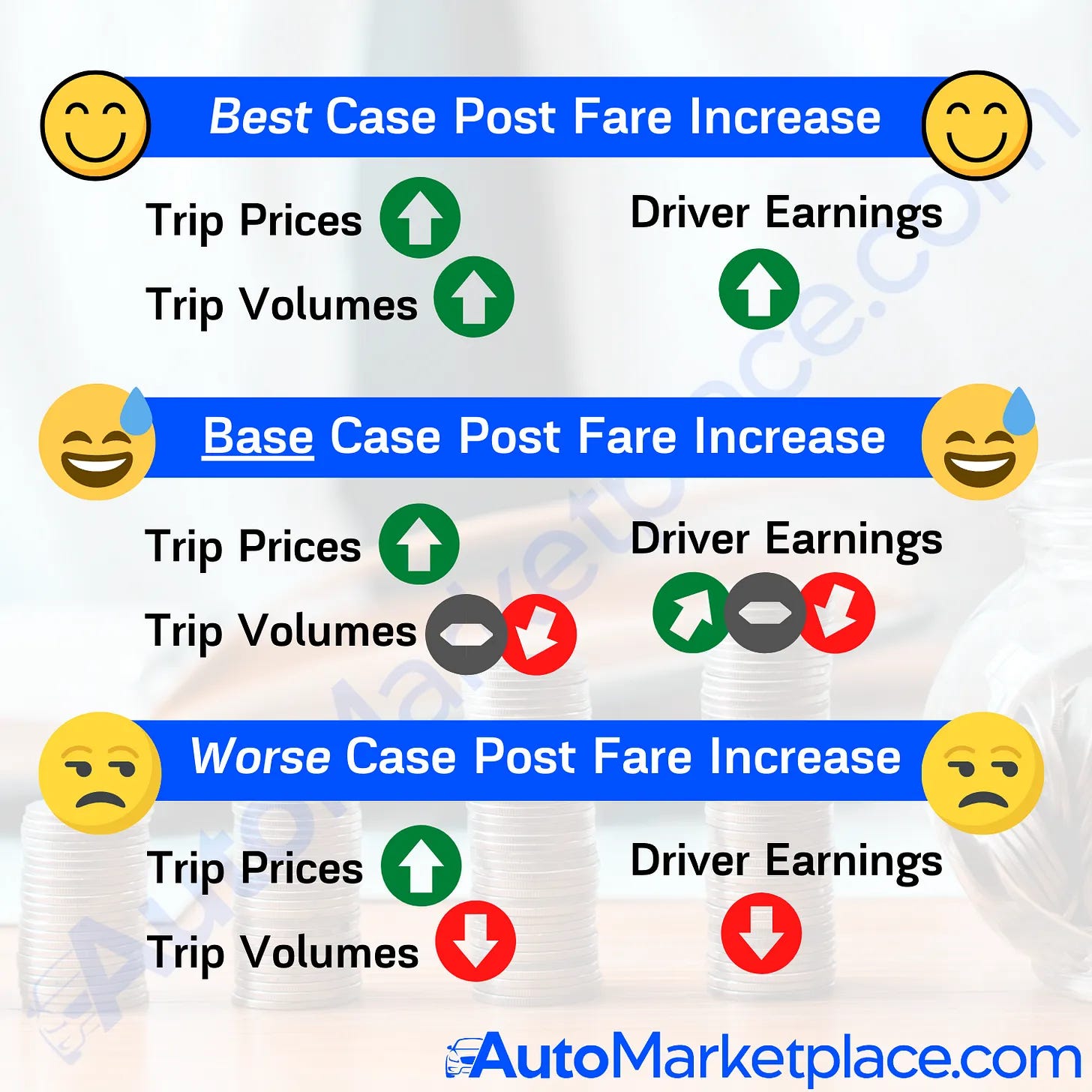

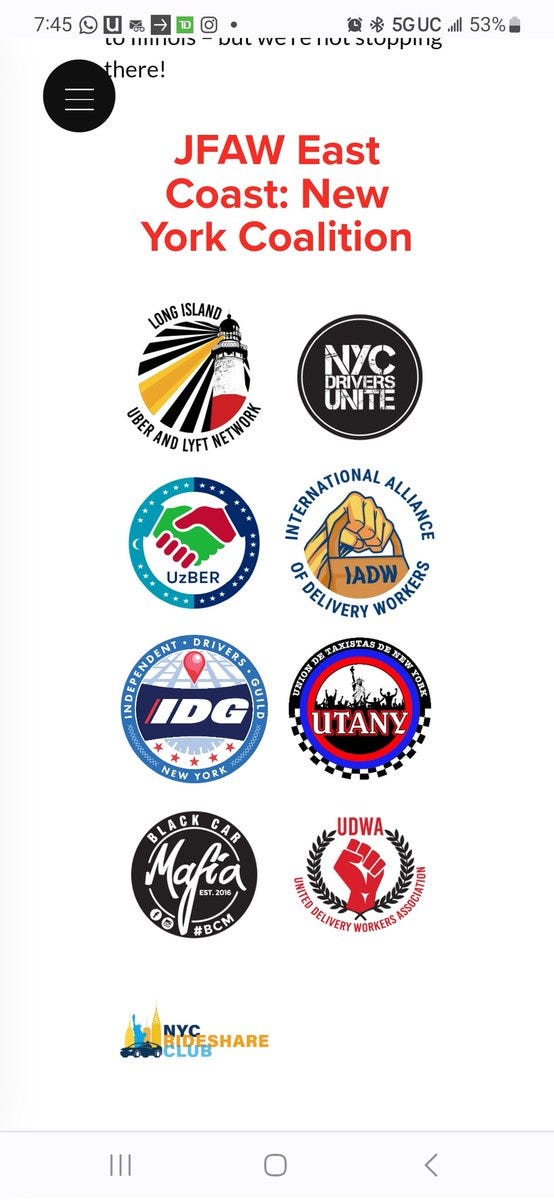



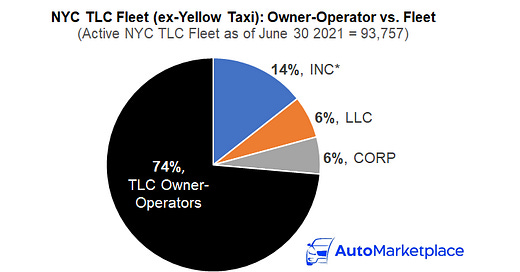



I’d like to address this comment in the article:
“At a certain point in time you need to understand that Uber, Lyft or the TLC does not control how much money the consumer is willing or able to spend on a trip. We hope TLC drivers get paid more, but we also don’t want to see trip demand start declining too much.”
I’m surprised this bit of cold water is being thrown on at this juncture and don’t recall mention of it before. Using the standard of 7.5- mile, 30-minute ride that the TLC has been throwing around I’d like to make a couple of anecdotal observations as a driver. Prior to February 1, 2023 that ride cost approximately $24.60. After February 1, that ride became and currently is approximately $26.03. The proposal for this Monday is $26.76, an increase of 8.8% from before February 1. Drivers are already receiving 66% of that raise. Neither Uber nor Lyft nor the TLC has complained of decreased consumer demand and they are the ones that would have that data and surely would have mentioned it at the latest hearing now that some time has passed since the February 5.8% raise. All we’re talking about for Monday is the remaining 1/3 of the raise, which is 2.8% more from current levels. If consumer demands falls off a cliff because of the remaining 3% then there’s a bigger problem here. Personally, I have seen no drop off in business since February 1 5.8% increase and I certainly don’t anticipate any with a mere 2.8% increase.
Moreover, as a driver who once enjoyed an 80/20 split with Uber, keep in mind Uber and Lyft have for years been taking a larger cut of the passenger fare, sometimes as much as 50% or more of the fare. Add to this the taking away of the surge multiplier and what we’re really talking about is drivers getting back money what they have rightfully deserved and Uber having flexibility to keep demand where they want by adjusting passenger fares, either up or down.
How? The raise was scheduled to happen. The advocacy wanted more. They never got it. The utilization rate lowering should be thanked to Uber. Uber really put out the petition which I signed. They spoke during the meeting and negotiated this. As for the commission. I am not sure what Uber and Lyft are taking after tax commission. This I may have to do research.